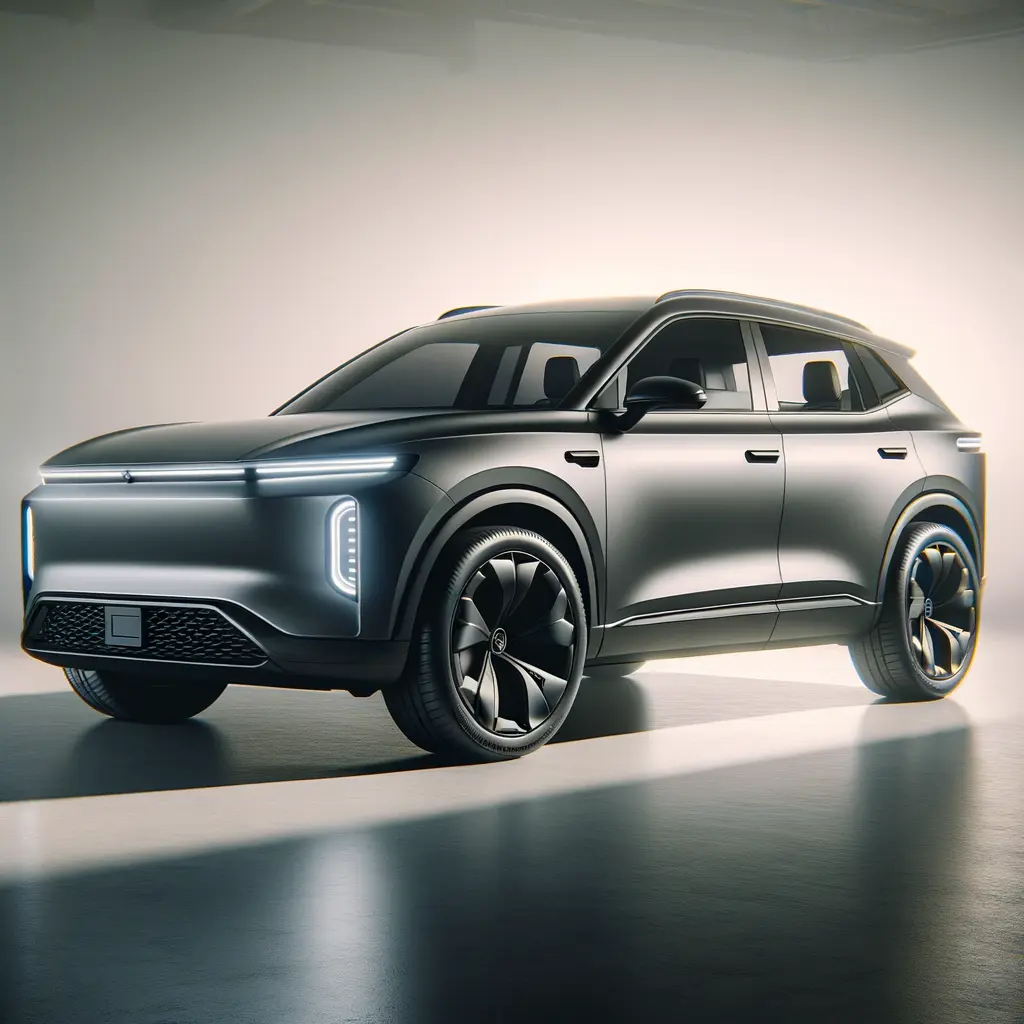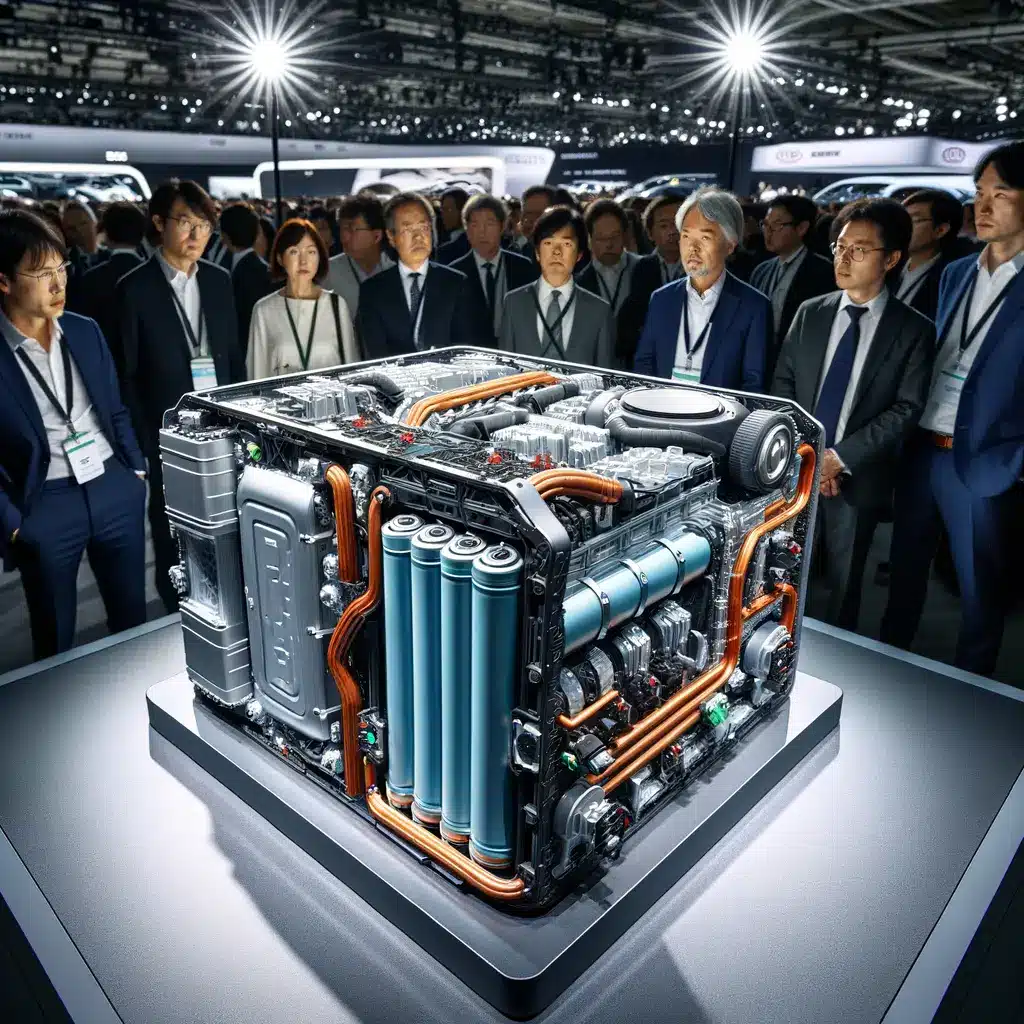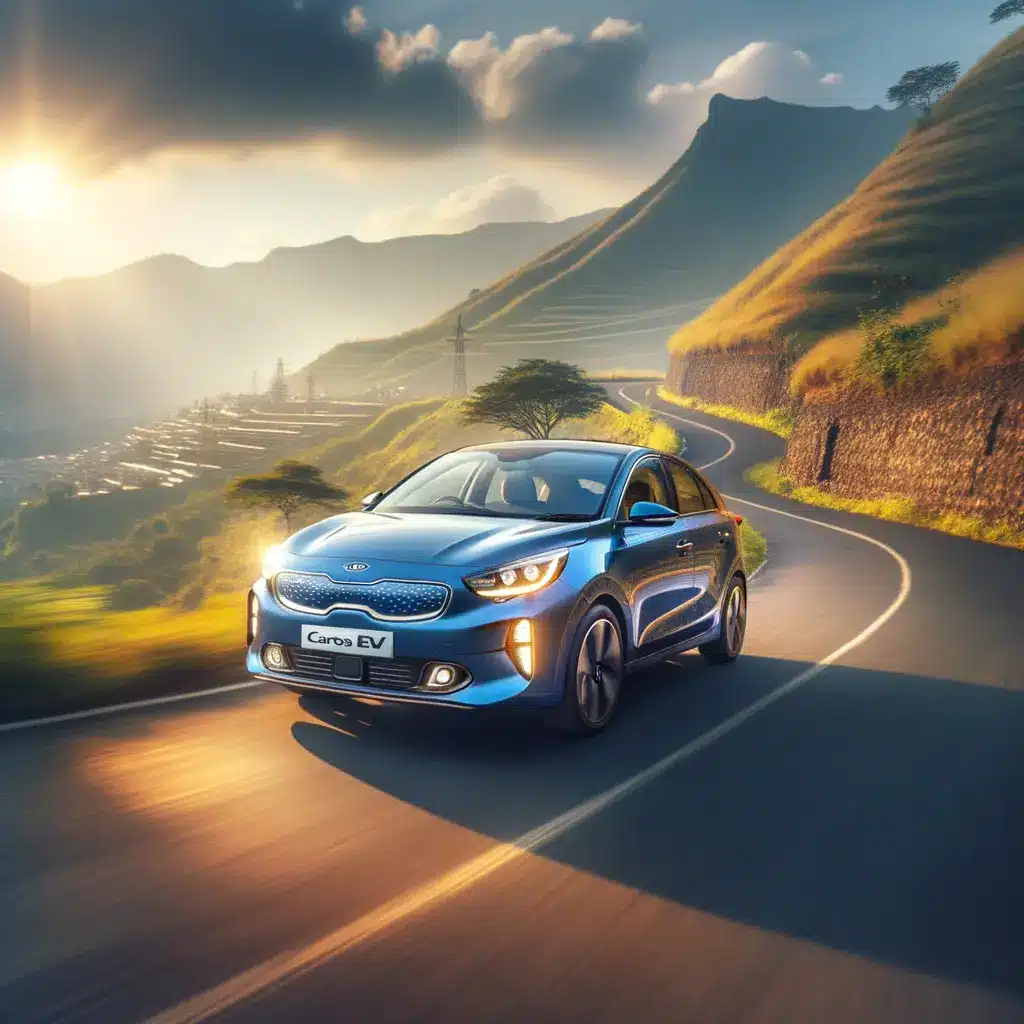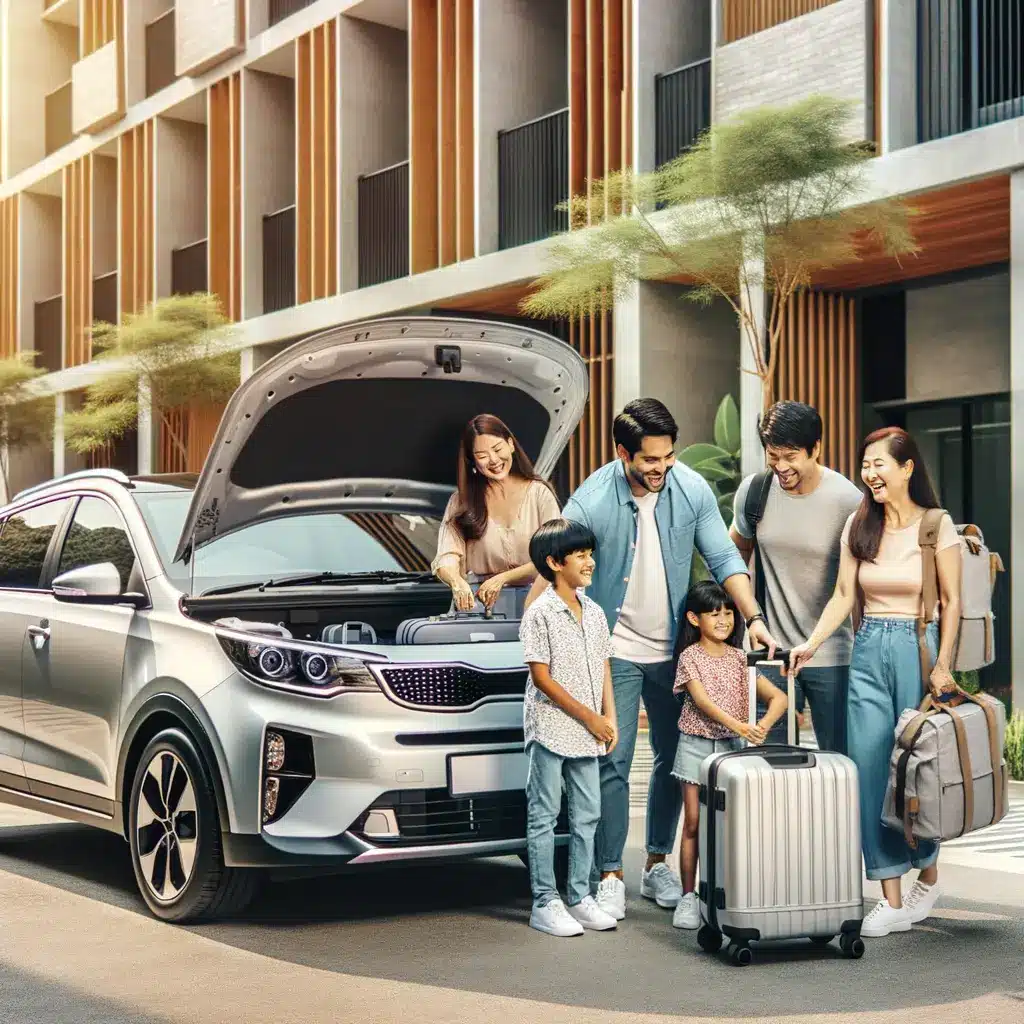Kia Carens EV: India’s First Mass-Market 7-Seater Electric MPV
The Indian electric-vehicle space has been buzzing, but it has largely missed one crucial body style: a true seven-seater. That changes with the Kia Carens EV, sometimes referred to as the Kia Clavis EV in pre-production chatter. The Kia Carens EV is the battery-electric spin-off of the hugely popular Carens MPV, and it promises to combine the practicality families love with silent, zero-tailpipe-emission motoring. Kia has confirmed two battery choices—42 kWh and 51.4 kWh—allowing shoppers to balance budget and range. More importantly, the company claims up to 490 km of certified driving range, putting the newcomer right at the top of the affordable long-range list.
Why is this big news? Until now, buyers wanting three rows of seats were limited to diesel or petrol people-movers. The Kia 7 seater electric car finally offers a greener alternative without sacrificing space, thanks to clever packaging borrowed from the versatile ICE Carens platform. Whether you’re a daily commuter in Delhi-NCR, a weekend road-tripper, or a fleet operator looking to slash running costs, the Kia Carens EV speaks your language. Over the next few sections, we’ll dive into styling tweaks, battery tech, performance figures, Kia Clavis EV price expectations, and how the new model stacks up against Nexon EV, Mahindra BE.6 and MG ZS EV. Buckle up—India’s EV landscape is about to get a lot roomier.

Design Walkaround: Familiar Carens Lines Meet EV-Specific Tweaks
At first glance you might mistake the Kia Carens EV for its petrol or diesel sibling, but spend two minutes with the car and the electric-only differences jump out. Up front, a blanked-off signature grille integrates a wide LED light bar that connects both headlamps, a styling cue quickly becoming the norm on battery models. The charging flap sits neatly beneath the strip, keeping cables short and front-parking sensors clear.
Swing to the side and you’ll notice aero-optimised diamond-cut alloy wheels—smaller spoke gaps, smoother surfaces—to reduce turbulence and extend the Kia Carens EV range at highway speeds. Kia engineers claim a measurable efficiency bump compared to the ICE Carens’ rims. Otherwise the greenhouse, roof rails and gently climbing windowline remain untouched, safeguarding the spacious cabin dimensions that make the Carens so popular with big families.
At the rear, connected LED tail-lamps mirror the front DRL bar for symmetry, while a faux diffuser finished in satin silver lends subtle sportiness. Crucially, the tailgate opening and low loading lip are unchanged; you can still slide in a folded stroller or airport-sized suitcase with ease. Inside, the dashboard hosts dual 10.25-inch displays that appear as one seamless panel—a layout shared with the Seltos facelift. A two-spoke steering wheel, floating centre console with wireless charging pad, eight-speaker Bose sound system and dual-zone climate control keep the cabin feeling premium yet familiar.
Want more design deep-dives? Check our detailed interior gallery of the upcoming Hyundai Creta EV for additional layout comparisons.

Battery, Range & Charging Tech: How Far the Carens EV Can Go
Range anxiety remains the biggest hurdle for mainstream adoption, so Kia has packed the Carens EV with two carefully chosen battery packs. The entry-spec 42 kWh unit targets urban commuters, ride-share fleets and families whose daily mileage stays under 150 km. Step up to the 51.4 kWh pack and the manufacturer quotes a class-leading 490 km ARAI figure—comfortably enough for Delhi to Jaipur and back on a single charge.
Fast charging capabilities seal the deal. Using widely available 50 kW DC chargers from Tata Power or Statiq, Kia claims the battery can leap from 10 % to 80 % in just under 60 minutes, translating to roughly 390 km of added driving in the time it takes to grab lunch. Home users can rely on the bundled 7.2 kW AC wall box, refilling the larger pack overnight in around eight hours. Vehicle-to-load (V2L) functionality is rumoured—handy if you want to power a campsite projector or a laptop during power cuts.
Thermal management is sophisticated too: liquid cooling helps the Kia Carens EV maintain peak performance in Rajasthan summers and Himalayan chills alike. Over-the-air battery-management-system (BMS) updates promise incremental range gains across ownership. All this tech places the model well ahead of the Nexon EV’s older 40.5 kWh architecture and provides a genuine alternative to the MG ZS EV’s 50.3 kWh setup.
(You can watch our complete walk-through of the battery pack design in the embedded YouTube video below.)
Performance, Ride Quality & Safety: What 171 PS Feels Like
Electric motors deliver torque instantly, and the Kia Carens EV is no exception. The larger-battery variant produces 171 PS and 310 Nm, channelling power to the front wheels via a single-speed reduction gearbox. While official 0-100 km/h times are yet to be published, insiders hint at sub-9-second sprints—sprightly for a family MPV that can haul seven adults. Three selectable drive modes (Eco, Normal, Sport) tweak throttle sensitivity and steering weight, ensuring the school-run feels calm while hill-station hairpins remain engaging.
Ride comfort has been tuned for Indian roads: the battery’s low mounting keeps the centre of gravity down, reducing body roll compared with the diesel Carens. Kia has also recalibrated the rear torsion-beam suspension to compensate for the extra 300 kg mass of the pack, meaning pothole absorption stays plush. Four-wheel disc brakes with regenerative blending let drivers harvest energy without sacrificing pedal feel.
Safety gets equal billing. The Kia 7 seater electric car comes standard with six airbags, ABS, EBD, ESC, hill-start assist, tyre-pressure monitoring and all-wheel disc brakes. Level-2 ADAS—borrowed from the Seltos—adds adaptive cruise control, lane-keep assist and autonomous emergency braking, totalling more than 20 functions. Combined with Kia’s stronger structure (expect a 5-star Global NCAP push) the Carens EV aims to be the safest MPV south of ₹25 lakh.
If you’re comparing spec sheets, check our analysis of Tata Nexon EV’s updated ESP calibration for perspective on how the two stack up.

Expected Pricing & Rival Comparison: Nexon EV to Mahindra BE.6
Kia has not released official pricing, but industry insiders, dealer sources and component cost analysis point to an aggressive launch strategy. The smaller-battery Kia Clavis EV price is expected to kick off around ₹17 lakh (ex-showroom), undercutting the MG ZS EV by nearly ₹3 lakh and slotting just above the Nexon EV Long Range. The 51.4 kWh variant, loaded with Bose audio, ventilated seats and Level-2 ADAS, should still remain under ₹25 lakh, giving buyers a value-rich alternative to the upcoming Mahindra BE.6 coupe-SUV.
Where does that position the new MPV? Let’s map it out:
1. Tata Nexon EV LR (465 km ARAI) — ₹16.99-19.54 lakh
2. MG ZS EV (50.3 kWh, 461 km) — ₹18.98-24.49 lakh
3. Mahindra BE.6 (forecast) — ₹25-30 lakh
4. Kia Carens EV (projected) — ₹17-24.5 lakh
Given its unique 7-seat configuration, the Kia Carens EV plays in a niche of one, similar to how the diesel Carens competed with the Maruti Ertiga yet offered more upmarket features. It will also appeal to fleet operators—think airport shuttles or premium ride-share—looking for lower total cost of ownership.
Government incentives sweeten the deal further. Central FAME-II subsidies combined with state-level benefits in Delhi, Maharashtra and Gujarat could shave another ₹1-1.5 lakh off the on-road figure, making the Kia Carens EV range even more compelling.

Should You Wait for the Kia Carens EV? Final Thoughts
With the official Kia Carens EV launch date set for 15 July, prospective buyers have only a short wait before final specifications and pricing become public. Judging by leaked homologation documents and Kia’s track record, the electric Carens looks set to tick nearly every family-car box: seven usable seats, long range, fast charging, robust safety tech and a cabin loaded with creature comforts. Add the peace of mind of Kia’s 8-year/1,60,000-km battery warranty, and the package becomes even stronger.
Who should buy it? If you’re holding off on the diesel Carens because of future emission norms, the Kia Carens EV offers a cleaner alternative without compromising practicality. Urban parents who need three child seats in a second row and the occasional third-row use will love the flat EV torque. Fleet owners will appreciate single-pedal driving and dramatically lower running costs—roughly ₹1 per kilometre versus ₹8-9 for petrol.
Of course, early adopters must consider charging-infrastructure availability on their typical routes. While the 50 kW DC support is ample today, highway networks are still expanding. That said, companies like Jio-BP and ChargeZone plan 10,000 fast chargers by 2025, so real-world anxiety will soon fade.
Bottom line: the Kia Carens EV is poised to rewrite the rules for affordable family movers. If you can wait until mid-July, you might secure one of the most future-proof vehicles under ₹25 lakh. Keep an eye on our upcoming first-drive review for seat-of-the-pants impressions and real-world efficiency tests of the Kia 7 seater electric car.







